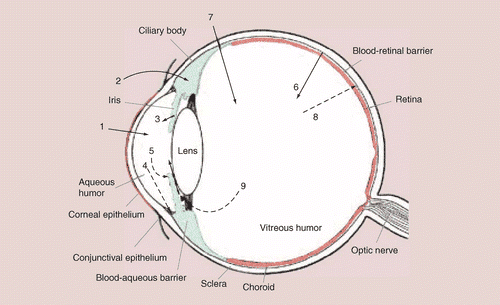Scientists have created a self-plugging microneedle designed to deliver drugs to the retina while protecting against infections at the injection site.
The ultrathin needle is coated with a drug and topped with a hydrogel plug. Once it is inserted, it releases the drug and sticks around in the eye before biodegrading. The plug can swell once injected to cover and seal off the hole made by the needle.
It has shown success through preclinical tests. Its results have been published in the journal Advanced Healthcare Materials.

“This novel improvement in drug delivery treatment can avoid problems associated with using needles to treat serious eye diseases,” said Dr. Ali Khadem Hosseini, a co-author of the study, in a statement.
Treatment of several eye diseases like age-related macular degeneration and diabetic retinopathy has provided a huge therapeutic challenge for doctors over the years.
Usually, syringes and hypodermic needles are used for such injections, and multiple injections are often needed over a long period of time. This method is invasive and unpleasant for patients. Also, it can cause tissue damage and poses a risk of infection in the hole left by the needle. The creation of the hole also creates a risk of tumor cells escaping and spreading to other sites.

The researchers demonstrated the microneedles’ almost complete drug delivery over 24 hours of in vitro experiments. They then injected microneedles loaded with purple dye into cultured pig eyeballs, showing there is no drop in pressure following injection, which tells the plug is doing its job. The researchers were also able to track the spread of the drug (purple dye) through the eye.
Currently, the method is in animal models. It is a long while before it can be used on humans.


